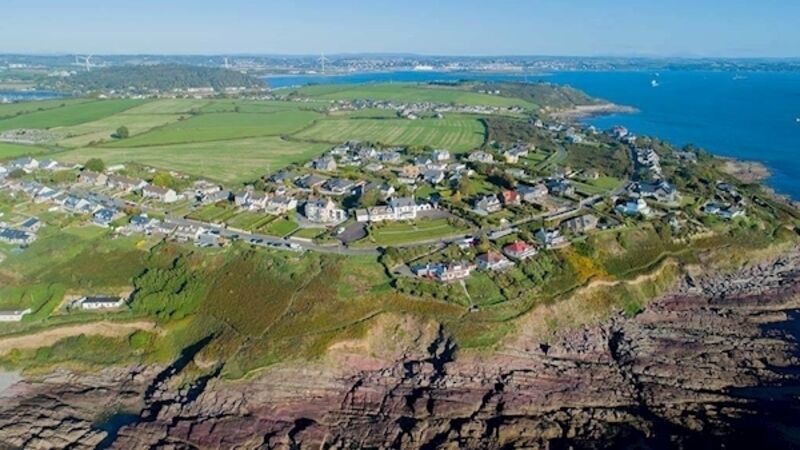Living large in huge sea-front mansion

The eight-bedroom Maryland House, near Crosshaven, has a games wing and swimming pool. It was once a hotel, says
Try from €1.50 / week
SUBSCRIBEThe eight-bedroom Maryland House, near Crosshaven, has a games wing and swimming pool. It was once a hotel, says Tommy Barker
CONNECT WITH US TODAY
Be the first to know the latest news and updates
Newsletter
Sign up for our weekly update on residential property and planning news as well the latest trends in homes and gardens.
Newsletter
Sign up for our weekly update on residential property and planning news as well the latest trends in homes and gardens.
Thursday, November 20, 2025 - 11:00 AM
Thursday, November 20, 2025 - 2:00 PM
Thursday, November 20, 2025 - 9:00 AM
© Examiner Echo Group Limited